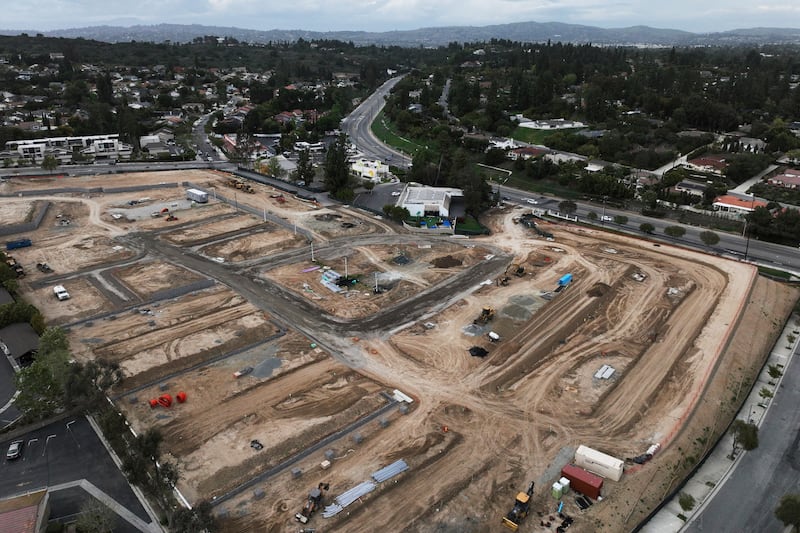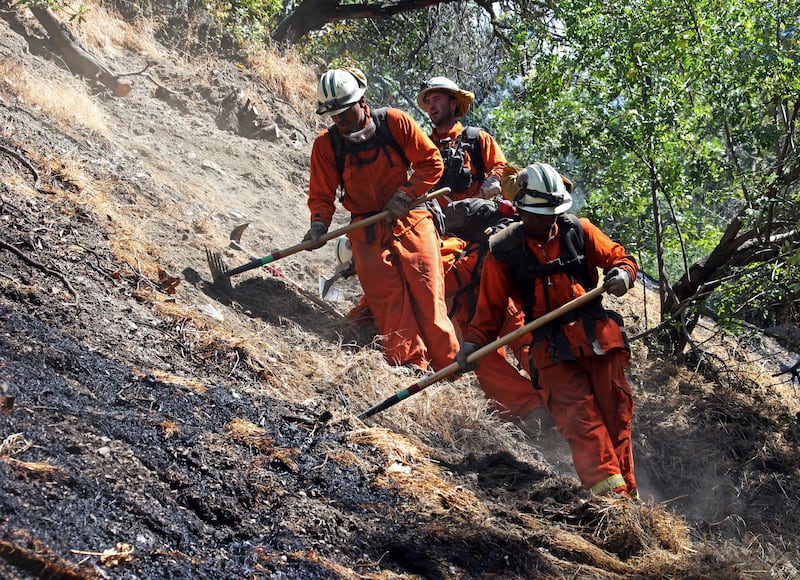California Gov. Gavin Newsom, a Democrat, is attempting to cut red tape by rolling back the state’s environmental review requirements.
The reforms to the California Environmental Quality Act, which, mandate an environmental review ahead of any new developments, made their way through the California legislature and on to Newsom’s desk Monday night.
The CEQA was passed in 1970 under Ronald Reagan, the governor at the time. The goal was to protect wildlife and natural resources from pollution or congestion.
But, as Newsom and housing advocates argue, this policy creates roadblocks to building residences in California.
Newsom’s ‘game-changing’ housing reforms
“I just enacted the most game-changing housing reforms in recent California history,” Newsom wrote in a post on X late Monday.
“We’re urgently embracing an abundance agenda by tearing down the barriers that have delayed new affordable housing and infrastructure for decades.”
As CalMatters reported, the reform will make it easier to build “in-fill” housing, or residences around existing developments, allowing developers to bypass researching their construction’s impact on concerns like pollution and noise levels.

The governor also exempted tech manufacturers, “high-speed rail facilities, utilities, broadband, community-serving facilities, wildfire prevention, and farmworker housing” from CEQA’s environmental reviews.
The protections remain for natural or sensitive lands.
Newsom revealed his motivations to solve the key issues California voters often voice concerns about: the cost of living and homelessness.
“If we can’t address this issue, we’re going to lose trust, and that’s just the truth,” Newsom said in a news conference as per The New York Times.
“And so this is so much bigger in many ways than the issue itself. It is about the reputation of not just Sacramento and the legislative leadership and executive leadership, but the reputation of the state of California.”
State Sen. Scott Wiener, a Democrat who represents San Francisco, noted that change wouldn’t be immediate.
“It takes some time, but at some point, the laws really start to take off,” Wiener said. “This isn’t about what’s going to happen in the next year, next three years, it’s about decades to come, and when the economic conditions are right to build a ton of housing. We want to make sure the structure is there to facilitate that.”
The state’s $12 billion deficit also forced the state legislature to make tough decisions, like rolling back health care coverage for adult, undocumented migrants.
But an influential and deeply blue state reversing the 50-year-old environmental law sets a precedent other left-leaning constituencies could adapt to create more housing.
Newsom and state legislators are leaving behind the conventional arguments Democrats supported for decades, like scaling back CEQA, and dismissing concerns from advocates who say these “changes could hurt sensitive ecosystems and make it too easy to build manufacturing sites that could cause more pollution,” as the Times reported.
These reforms are a part of Newsom’s “abundance agenda” for California for his second and final term as governor. It’s also his final chance to deliver practical wins the rest of the nation can fall behind.
It’s hard to ignore his speculated plans for the future: He is set to leave office in January 2027 and jump into the presidential run in 2028.
Right now, the Democratic Party doesn’t have a clear front-runner in the race for the highest office.
Newsom practices an uncanny ability to make national news headlines, whether it’s taking on conservatives on their turf, Fox News, or challenging the president, like he did on Tuesday afternoon.
Newsom challenges Trump to sign executive order on forest management
On Tuesday, the California governor urged President Donald Trump to step up in its management of California’s forestlands to prevent wildfires, considering roughly 57% of the forest is under the federal government’s jurisdiction.
He sent a model executive order that, if signed, would allocate more resources toward forest management.

“It’s time for Trump to put his money where his mouth is. California has done more than our fair share of ‘raking’ the forests, now the federal government has to do its part to Make America Rake Again,” Newsom said at a press conference.
His move comes after the devastating wildfires that claimed more than 55,000 acres in Los Angeles. Trump and Newsom blamed each other for the wildfires.
More recently, the pair had another public spat over the U.S. Immigration and Customs’ raids in Los Angeles, that eventually led to a clash between federally deployed troops and anti-ICE protesters.
“We’ve invested billions of dollars and treated millions of acres — more than doubling our state investment from when I took office. We’re doing all we can to protect communities from catastrophic wildfire, will President Trump?”
Trump hasn’t responded to Newsom’s move, but did mention the governor when he told Newsom he could learn from Florida’s detention center.
Trump said Newsom should visit Florida’s “Alligator Alcatraz” and “learn something.”
The detention center earned the nickname “Alligator Alcatraz” for its location in the wetlands, about 37 miles from Miami and home to alligators, crocodiles and pythons.
“I looked outside and that’s not a place I want to go hiking anytime soon,” Trump said, according to Reuters. “We’re surrounded by miles of treacherous swamp land and the only way out is really deportation.”
The president’s visit to Miami comes as the “Big Beautiful Bill” made its way through the Senate.


